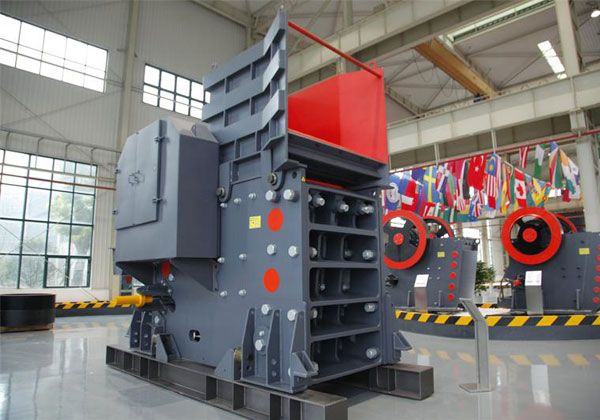Introduction to the structure of jaw crusher
A jaw crusher is a primary crushing machine commonly used in mining, construction, and aggregate processing. Its structure consists of several key components that work together to crush large rocks into smaller fragments. The main parts include the frame, fixed and movable jaw plates, eccentric shaft, toggle plate, and flywheels. Each component plays a critical role in ensuring efficient and reliable operation.

1. Frame
The frame is the backbone of a jaw crusher, providing structural support and housing for all other components. Typically made of high-strength steel, it holds the crushing chamber together and withstands high impact forces during the crushing process. A sturdy frame ensures durability and long service life, even under heavy workloads.
2. Jaw Plates (Fixed & Movable)
The crushing action is carried out between the fixed jaw plate (attached to the frame) and the movable jaw plate (connected to the eccentric shaft). These plates are typically made of manganese steel for wear resistance. The movable jaw exerts force against the fixed jaw, compressing and breaking down the material into smaller sizes.
3. Eccentric Shaft & Bearings
The eccentric shaft is a crucial component that drives the movable jaw. It rotates with the motor’s power, creating an elliptical motion that compresses and crushes the material. High-quality bearings support the shaft, ensuring smooth operation even under heavy loads. Proper lubrication of these bearings is essential for reducing wear and preventing breakdowns.
4. Toggle Plate & Tension Rod
The toggle plate acts as a safety device, protecting the crusher from overload damage. If an uncrushable object enters the chamber, the toggle plate can break or release, preventing catastrophic failure. The tension rod helps maintain proper jaw alignment and keeps the components tightly secured.
5. Flywheels & Motor
Flywheels store and release energy to maintain consistent crushing force, compensating for power fluctuations during operation. They are connected to the motor, which provides the necessary power to drive the eccentric shaft. The motor’s horsepower directly impacts the crusher’s performance and output capacity.
By understanding these key structural components, operators can better maintain and optimize the performance of a jaw crusher for efficient rock processing.
